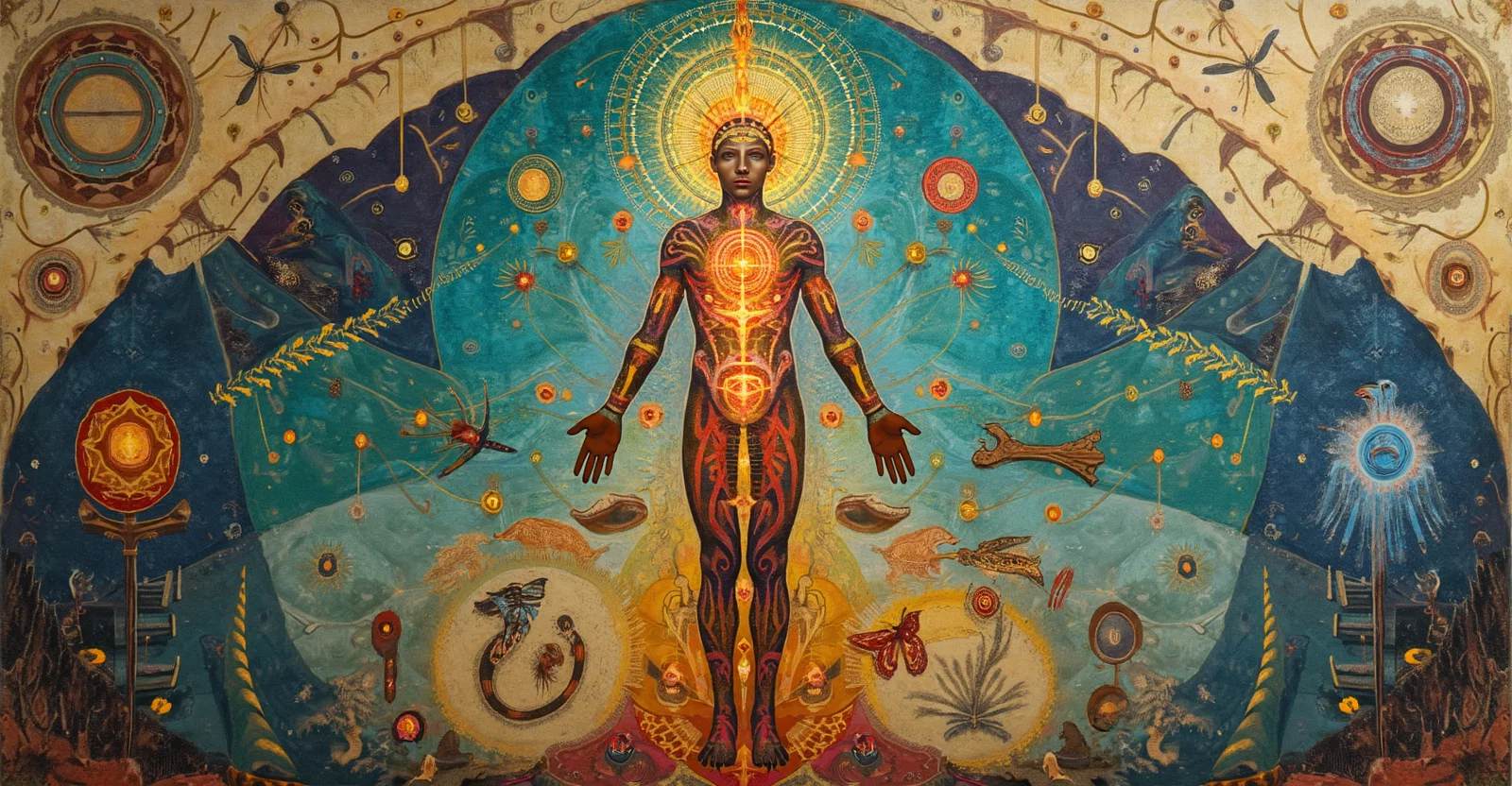A Non-Separate Reality
Carlos Casteneda and Waldo Vieira
Structural concordance of human subtle anatomy between two noted authors of the supernatural.
I first read the books on meso-American shamanism by Carlos Casteneda while at university in the early 1970’s. More recently, I came upon the writings of the Brazilian polymath Waldo Vieira. Their metaphysical systems, while emerging from distinct traditions, reveal striking parallels in subtle anatomy, multi-dimensional perception, and humanity’s potential for spiritual attainment.
Castaneda’s accounts of Toltec shamanism and Vieira’s systematic Projectiology both emphasize the multiplicity of experiential bodies, each operating at specific vibrational rates within discrete spheres of reality. Inspired by these parallels, and my search for a unifing overview of metaphysics, I wote this article summarizing what I found to be seven most significant examples of shared beliefs and practices.
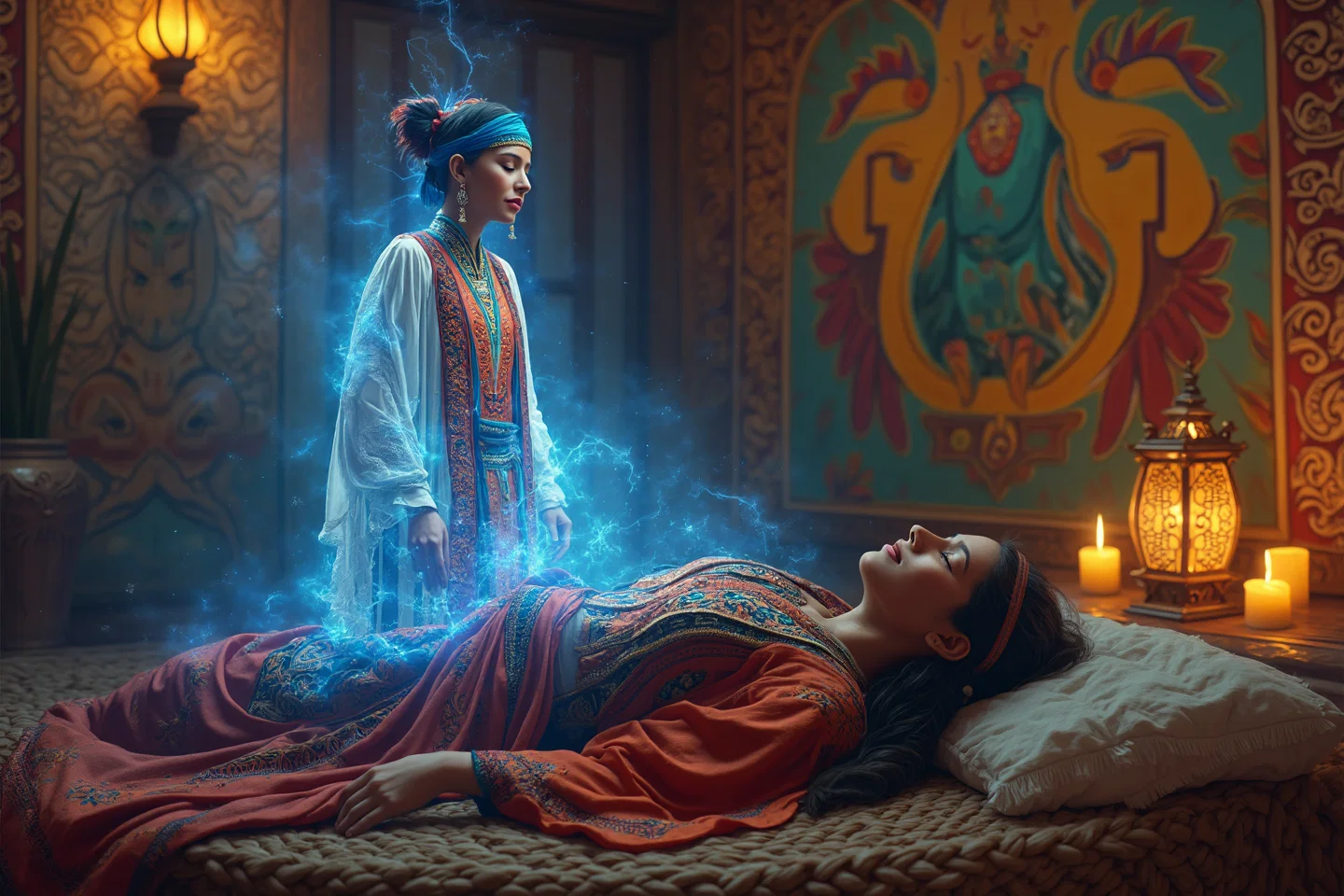
Multiplicity of Subtle Bodies and Vibrational Frequencies
Both Castaneda and Vieira recognize the human being as a composite entity with multiple bodies beyond the physical. Castaneda describes the human energy field as a “luminous egg” encompassing the physical form, which serves as a platform for “dreaming” and exploration of other dimensions. Within this egg, he introduces the concept of the “assemblage point,” the locus through which perceptions are filtered and realities are constructed.
Vieira provides a similar framework through his detailed model of subtle bodies. The energossoma (energetic body), psychossoma (astral body), and mentalsoma (mental body) are each associated with specific frequencies and realms of experience. Vieira emphasizes that these bodies operate in harmony yet belong to distinct vibrational bands, each enabling unique yet interdependent mode of perception.
In both systems, practitioners are encouraged to refine their awareness of these bodies, recognizing their interplay and developing techniques to engage them consciously. The vibrational nature of these bodies is central, with both authors emphasizing the importance of tuning one’s energy to access non-physical realities.
Energy Centers and Focal Points
In Castaneda’s works, the “assemblage point” functions as the organizing axis of human perception. Its location within the luminous egg determines the reality one experiences, and deliberate shifts of this point grant access to alternate dimensions. Castaneda details practical techniques, such as silencing internal dialogue and altering habitual behaviors, to facilitate these shifts.
Vieira’s exploration of chakras serves as a corollary, with particular focus on energy centers like the frontochakra and cardiochakra. These chakras act as conduits for emotional, mental, and spiritual energies, and their activation is key to navigating subtle realms. Vieira offers systematic practices, including the application of the vibrational state, to balance and harmonize these centers, enabling heightened energetic functionality.
While Castaneda’s assemblage point is more fluid and metaphysical in its application, and Vieira’s chakras are rooted in systematic energetic mechanics, both frameworks highlight focal points that govern perception and interaction with alternate realities.
Dreaming and Extraphysical Travel
Castaneda’s concept of “dreaming” is a disciplined art allowing practitioners to access other dimensions through lucid dreaming and astral exploration. In The Art of Dreaming, he explains exercises such as gazing at one’s hands within a dream to stabilize awareness and deepen the experience. Dreaming, in this sense, is not merely a passive state but an active engagement with non-ordinary realities.
Vieira offers an analogous perspective through his methods of inducing out-of-body experiences (OBEs). The vibrational state, a key practice in Vieira’s system, helps practitioners disengage from the physical body and transition into the psychossoma. Vieira’s emphasis on maintaining lucidity and journaling experiences mirrors Castaneda’s focus on conscious intent during dreaming.
Both authors provide practical roadmaps for exploring extraphysical dimensions. Castaneda’s approach, rooted in shamanic intent, complements Vieira’s more structured and repeatable techniques, offering a comprehensive view of human potential beyond the physical plane.
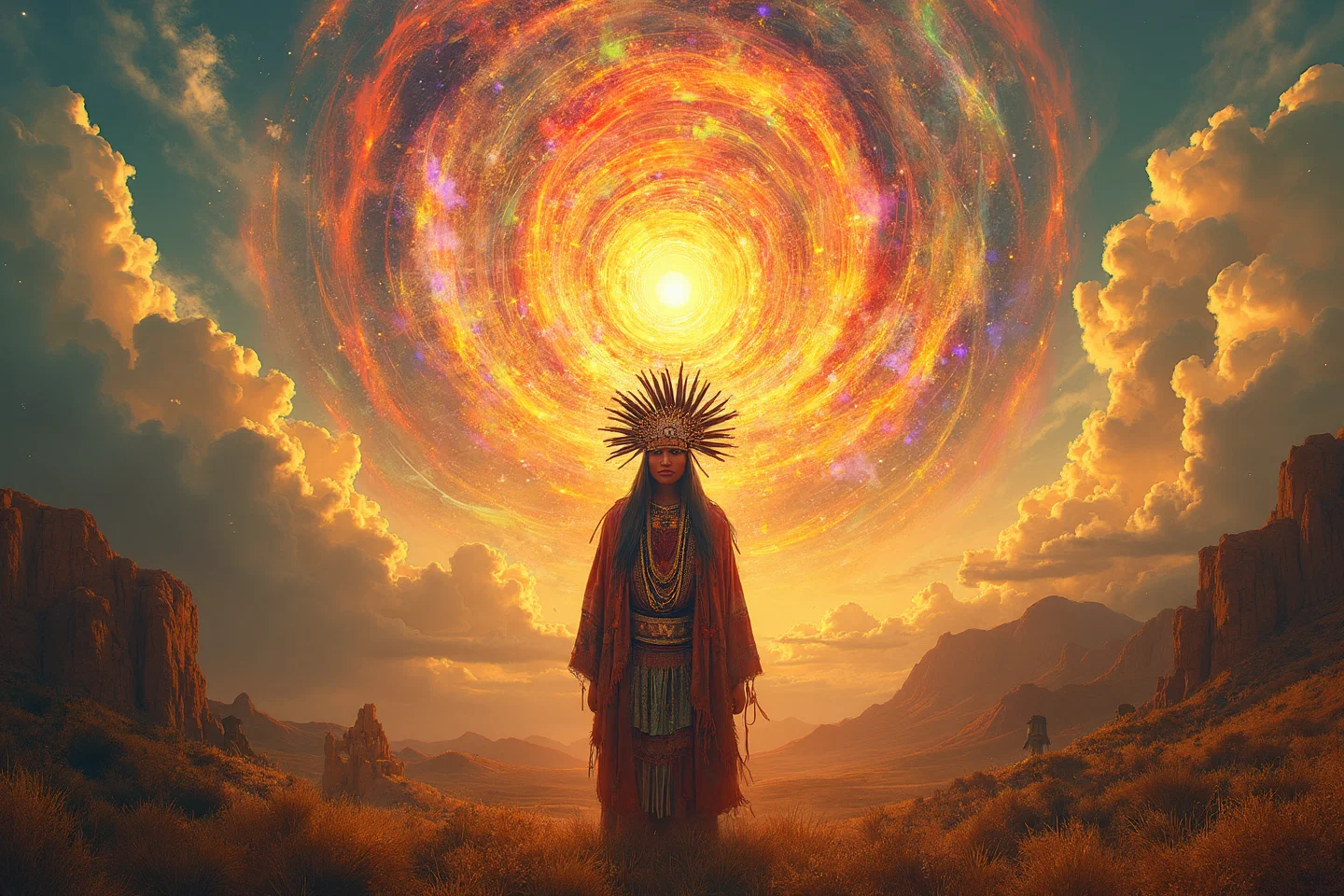
Multidimensional Awareness and Perception
Castaneda introduces the idea of “second attention,” a heightened state of awareness achieved by silencing the internal dialogue and redirecting energy from routine patterns. This state allows practitioners to perceive alternate dimensions and interact with the forces of the universe.
Vieira’s notion of “lucid multidimensionality” aligns closely with Castaneda’s second attention. By developing energetic sensitivity and practicing OBEs, individuals can expand their perceptual horizons to include non-physical dimensions. Vieira also emphasizes the interconnectedness of all dimensions, suggesting that developing a multidimensional perspective is a natural extension of human consciousness.
Both systems encourage practitioners to view reality as a layered construct, accessible through disciplined energetic practices. The emphasis on perception as a dynamic and malleable process underscores their shared metaphysical foundation.
Energetic Self-Mastery
Self-mastery is central to both authors’ philosophies. Castaneda introduces the concept of “stopping the world,” a practice aimed at interrupting habitual thought patterns to conserve and redirect energy. Techniques such as recapitulation, revisiting and releasing the emotional energy tied to past experiences, form the backbone of this process.
Vieira’s vibrational state exercise offers a parallel method of energetic self-regulation. By inducing a peak energetic frequency, practitioners can cleanse their energy fields, protect themselves from external influences, and optimize their extraphysical experiences. Vieira’s emphasis on systematic practice and journaling provides a structured pathway to self-mastery.
These techniques, though differing in style, both aim to empower practitioners to take conscious control of their energetic and perceptual faculties.
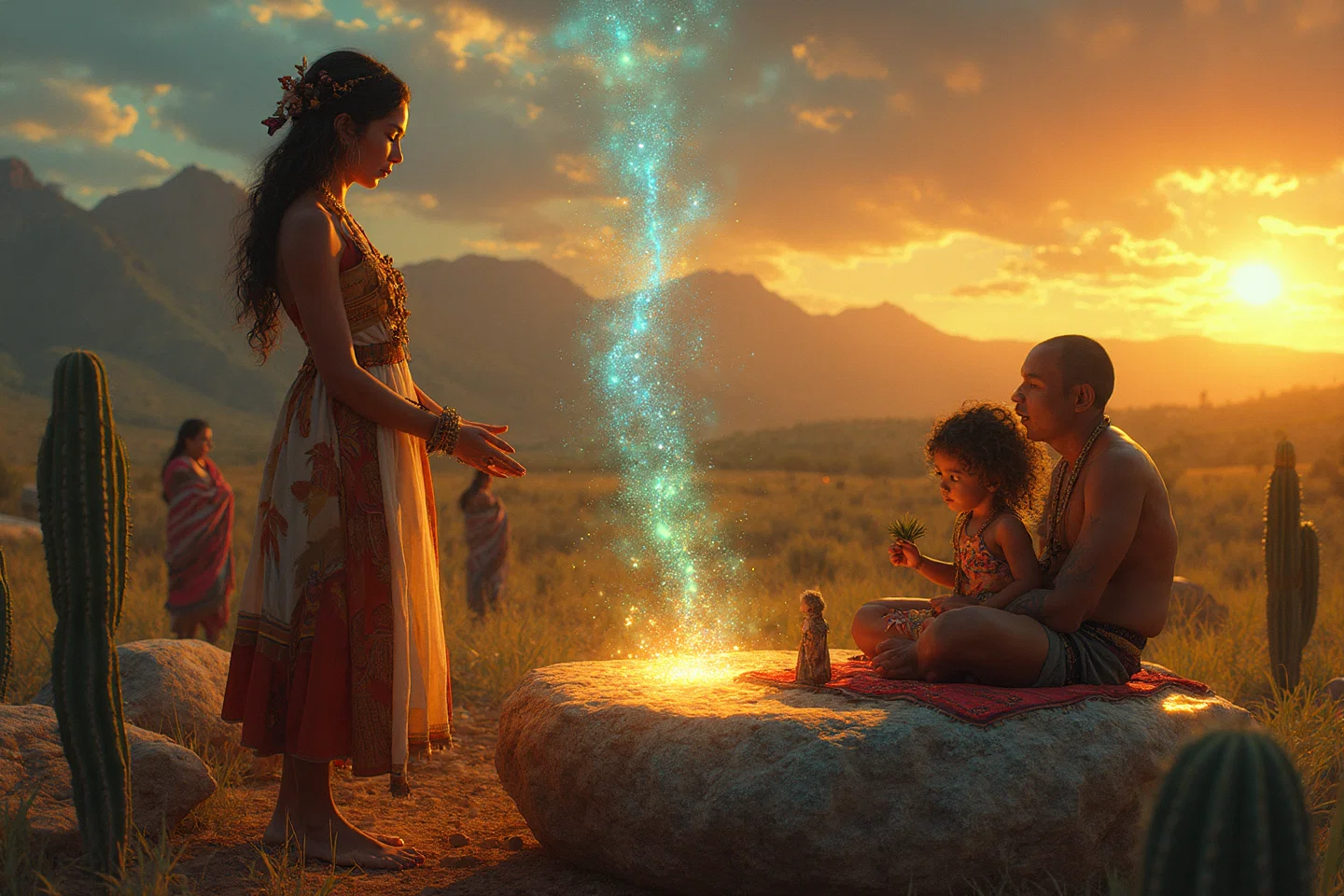
Ethical Dimensions and Personal Evolution
Castaneda and Vieira both link personal evolution to energetic practices, though their ethical frameworks differ. Castaneda emphasizes impeccability, a commitment to living with integrity and precision, essential for navigating the complexities of energetic work.
Vieira, on the other hand, focuses on universalism, advocating for selfless service and multidimensional altruism as key elements of spiritual growth.
Despite these differences, both authors present energetic mastery as a means of personal and collective evolution. Their teachings encourage practitioners to consider the broader implications of their actions within the intricate web of energy and consciousness.
Cultural and Methodological Contexts
Castaneda’s immersion in Toltec shamanism and Vieira’s Brazilian heritage both inform their esoteric systems. While Castaneda’s works reflect the mysticism of indigenous traditions, Vieira’s Projectiology integrates scientific rigor and Brazil’s syncretic spiritual landscape. Though no direct evidence links Castaneda to Brazilian influences, their shared South American roots provide a fertile ground for their overlapping ideas. This cultural context enriches their philosophies, offering practitioners insights into the universality of energy and consciousness across diverse traditions.
References
1. Castaneda, Carlos. The Art of Dreaming. HarperCollins, 1993.
2. Castaneda, Carlos. Journey to Ixtlan. Simon & Schuster, 1972.
3. Vieira, Waldo. Projectiology: A Panorama of Experiences of the Consciousness Outside the Human Body. International Institute of Projectiology and Conscientiology, 1997.
4. Vieira, Waldo. Projections of the Consciousness. International Institute of Projectiology and Conscientiology, 1986.
Click here to return to homepage menu.
